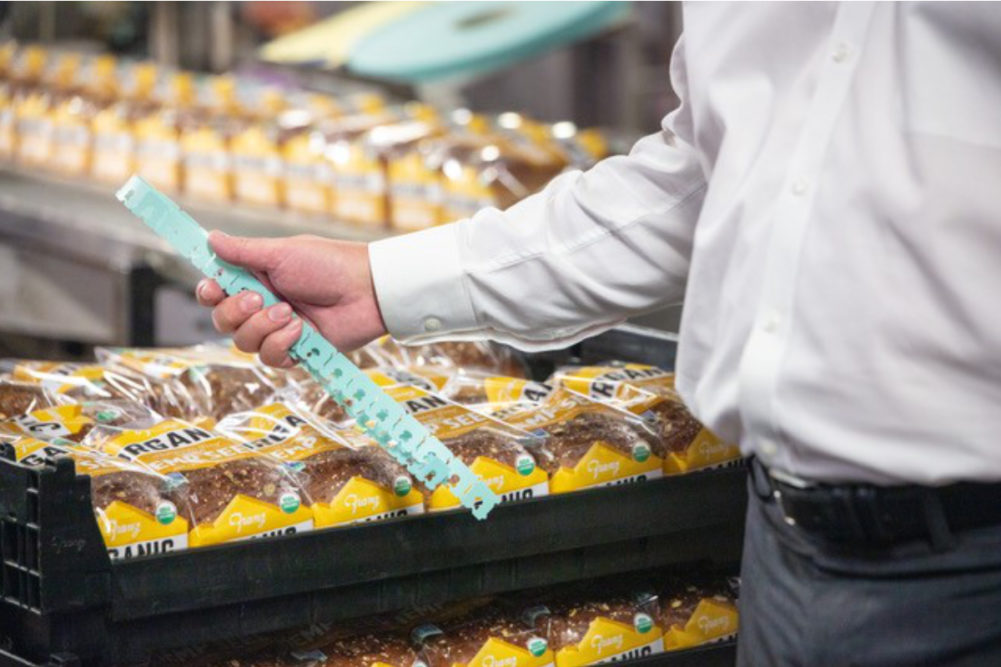When it comes to responsible packaging, it’s important to look at the bigger picture: the problem packaging is trying to solve, notes Robert (Bob) Lilienfeld, president of Robert Lilienfeld Consulting.
“What the problem that packaging is trying to solve is to get the most product into consumers' homes as fast as possible, in the condition that they expect. This approach changes your whole perspective of why packaging exists,” said Lilienfeld, who has studied environmental sustainability and packaging for almost 30 years.
Take a grab-and-go hamburger in the grocery deli, for example. Complete with a bun, beef patty, lettuce, tomatoes, pickles, onions and sauce, every ingredient had its own growth cycle. Each ingredient required its own water, herbicides, and energy expended to get that part of the burger to the supermarket, to keep it fresh before purchase, and fresh all the way up until consumption.
That’s a huge amount of energy going into that one burger, with each ingredient having its own environmental impact. To ensure the product itself has the smallest environmental impact, packaging is key, Lilienfeld said.
“Everyone thinks moving from full clamshells to paper wrapping was the most environmentally friendly thing to do,” he said. “The reality was probably very different. The clamshell’s thermal ability kept your hamburger hot, and if it stays hot you’re more likely to eat it. So, it’s possible that moving to the lighter weight package actually reduced the sustainability of the hamburger.”

To minimize environmental impact, it’s important that consumers are educated on the overall aspect of packaging. So often packaging and sustainability seem at odds with one another to consumers, but in the bigger picture, packaging has a role to play in environmental sustainability.
According to Lilienfeld, there are quite a few misconceptions consumers have about what makes packaging sustainable. Grocery retailers can help correct that, but first it's helpful to understand the consumer mindset.
Consumer attitudes are heading in two key directions: one, they want more recyclable packaging and two, they want packaging that’s biodegradable or compostable.
From a scientific standpoint, Lilienfeld says recyclable packaging and packaging made from recycled materials is a good thing, but there are quite a few problems many consumers are unaware of when it comes to biodegradable packaging.
“Biodegradation is a linear strategy, it's not circular because what ends up going to say an industrial compost facility doesn't turn back to anything usable,” Lilienfeld said. “There’s a tendency to believe that it becomes part of the compost, and it doesn’t. The output of biodegradable packaging is greenhouse gasses, CO2, methane, ammonia, water vapor — there’s no environmental advantage to it.”
What needs to be realized, Lilienfeld said, is that there is no one-size-fits-all answer that makes one type of packaging more sustainable than another type.
The first solution should always have to do with the value of the packaging, and in the grocery industry that will always focus on reducing as much food waste as possible. Lilienfeld used apples in a stand-up pouch as another example of this.
“If you look at a stand-up pouch of apples, and think, ‘oh my gosh look at this package. I don't really need that package. Well, that tiny bit of plastic protects the apples, in terms of them getting to you fresh, rather quickly, and easy to store and use once at home,” he said.

Considering the apples represent 95 percent of the environmental impact, if the packaging protects the food, what it’s made of is almost irrelevant from a scientific standpoint, Lilienfeld said. It would be more damaging to the environment for an apple to go to waste than it would be for the packaging to end up in a landfill, he said.
That doesn’t mean, however, that retailers should ignore the environmental impact of packaging altogether. Finding ways to reduce the impact of packaging without giving up its functionality, is one of the biggest ways companies and retailers can improve sustainability. Lilienfeld used Kwik Lok’s new Eco Lok as an example.
While necessary to close packaging and keep food products as fresh as possible, no matter how recyclable the materials Kwik Lok’s original closure was made of, the closure tabs were still typically too small to be recycled at facilities.
“What I found so intriguing about what Kwik Lok did was they said, we think there are potential options for the future we’re going to look at, but in the short term let’s find ways to reduce the impact of the product we have,” Lilienfeld said. “I thought what they did was pretty smart, which was to replace as much of the polystyrene in the tabs with a substance that is a biopolymer, reducing the amount of energy used and greenhouse gases generated when producing the closures.
Retailers can help consumers understand they stock products that aim to reduce the environmental impact of packaging with innovations like Kwik Lok’s Eco Lok. They maintain utility value but ratchet down the environmental impact.
To learn more about sustainability and the actions your company can take to reduce environmental impact, visit Kwik Lok’s suite of resources and learning tools here.


